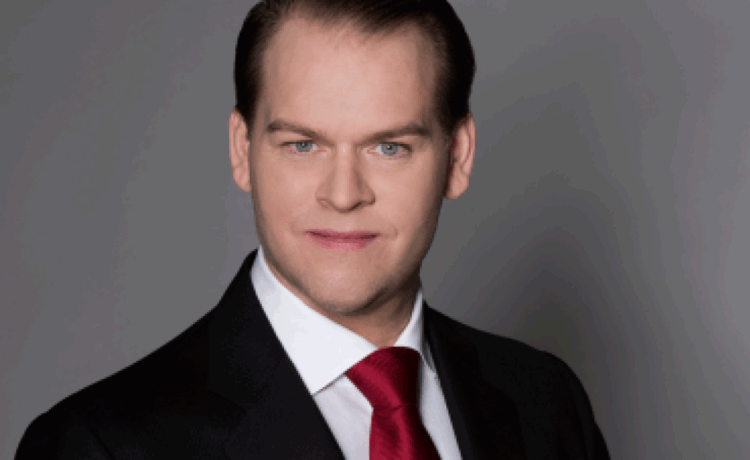Black Banx has emerged as one of fintech’s most closely watched private companies, not just because of its headline numbers but because of the entrepreneurial story behind it. Founded by German entrepreneur Michael Gastauer, the company has transformed from a bold idea into a global digital banking platform with operational centers across Europe, Asia, and North and Latin America. Over a decade of development, Black Banx has steadily positioned itself as one of the largest challengers to traditional banks.
The financial results speak volumes. In 2024, Black Banx generated $11.1 billion USD in revenue with $3.6 billion USD in pre-tax profit, representing a robust 32% margin that few banks or fintechs can rival. The momentum continued seamlessly into 2025. In the first quarter, the company posted $4.3 billion USD in revenue with $1.6 billion USD in profit. The second quarter followed with another $4.1 billion USD in revenue and $1.5 billion USD in profit. Altogether, Black Banx closed the first half of 2025 with $8.4 billion USD in revenue and $3.1 billion USD in profit, validating its ability to scale profitably.
For institutional and venture investors, this consistency is striking. Analysts forecast that Black Banx is on track to surpass $17 billion USD in annual revenue for 2025. More importantly, profitability at this scale provides a competitive moat that many rivals still lack. Several well-known neobanks continue to burn cash in pursuit of market share. By contrast, Gastauer’s model monetizes efficiently from each new client. As a managing director at a European private equity firm remarked, “Gastauer built a platform that scales like a tech company but monetizes like a bank. That’s rare.”
The numbers naturally raise the question of valuation. Investors often apply price-to-earnings (P/E) multiples of 20x to 25x for high-growth fintechs. With expected net income near $5 billion USD in 2025, those multiples suggest a value between $100 billion and $125 billion USD. Looking through the price-to-revenue (P/S) lens, even a conservative 5x multiple of projected 2025 revenue would imply about $85 billion USD. At higher multiples, the estimates soar, which explains the intensifying buzz around a potential IPO.
Beyond the financials, execution has become the differentiator. Black Banx has targeted frontier markets, such as Africa and Latin America, where digital banking penetration remains low but demand is rapidly accelerating. Between March and June 2025, the company’s client base expanded from 78 million to 84 million customers. If this pace continues, Black Banx could surpass 100 million users in the near term. Such growth does not come without obstacles. Regulators in these markets are imposing stricter oversight, and maintaining compliance across multiple jurisdictions is costly and complex.
Even so, Black Banx distinguishes itself by generating profits at scale – a rarity in the fintech world. Many private unicorns remain dependent on venture funding. Gastauer’s decision to focus on transaction-driven revenues rather than subsidies for rapid customer acquisition now appears validated. A New York-based fintech analyst summed it up, “The platform has proven it can monetize each additional customer efficiently. That changes the game.”
Still, questions about governance remain. Gastauer retains 100% ownership of Black Banx. While this ensures a strong strategic vision, public investors may expect board independence, greater disclosure and robust compliance frameworks before embracing the company in the public markets. Addressing these governance factors could be a decisive step on the road to an IPO.
Ultimately, Black Banx is reshaping expectations for how a fintech can grow profitably at a global scale. If it chooses to go public, analysts believe it would likely rank among the largest fintech IPOs of the decade. For entrepreneurs and investors alike, the story of Black Banx is increasingly viewed as a masterclass in how vision, timing and disciplined execution can converge into a multibillion-dollar opportunity.




